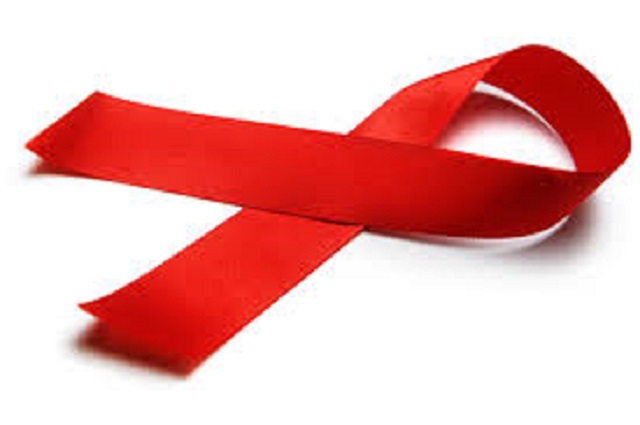EDITORIAL COMMENT: UZ HIV-Aids vaccine research laudable

A vaccine to prevent HIV infection has eluded scientists worldwide since the first research was conducted 30 years ago.
Many countries are conducting studies for a safe, effective and widely accessible drug to prevent infection with HIV, the deadly virus that sometimes develops into Aids. None of them has made the grade, thus biomedical researchers globally are intensifying their efforts to ensure that the vaccine is found to manage one of the world’s biggest public health emergencies.
A vaccine is a substance that teaches one’s body’s immune system to recognise and defend itself against harmful viruses or bacteria before one gets infected.
Dr Lynda Stranix-Chibanda, a paediatrician at the University of Zimbabwe College of Health Sciences, said on Monday that the country’s first trial would be carried out in Chitungwiza.
The initiative, she said, was being conducted on behalf of the HIV Vaccine Trials Network (HVTN) and it would be in conjunction with the UZ and University of California San Francisco (UZ-UCSF) Collaborative Research Programme.
Twenty-four adults aged between 18 and 40 years from Chitungwiza will participate in the first phase of the landmark trial. Two more would be conducted with larger samples, a process which will take about three years before the researchers can reach conclusions on the efficacy of the vaccine, Dr Stranix-Chibanda said.
The World Health Organisation estimates that 36.9 million people are living with HIV worldwide. Sub-Saharan Africa is the worst affected region, with 25.8 million HIV-positive people by the end of last year.
Since the onset of the epidemic, almost 78 million people have been infected with HIV and about 39 million people have died of Aids-related illnesses. The condition kills at least one million people yearly, particularly in the hardest-hit region of sub-Saharan Africa where diagnosis is often late, drugs are in short supply, poverty levels are high and access to health facilities is poor. At least $500 million is spent yearly in efforts to find a suitable vaccine.
In Zimbabwe 1, 4 million people are HIV-positive and the national prevalence rate stands at 15 percent. Zimbabwe has become one of the few in the world, and one of 11 Sadc countries where a trial towards finding the vaccine will be done.
Given the substantial Aids burden and the sterling record the country has in contributing to the fight against the scourge, Zimbabwe was a leading candidate to host the vaccine study.
Indeed, since the first Aids case was recorded in the country in 1985, Zimbabwe has scored successes in its fight against the condition. In the National Aids Trust Fund, commonly known as the Aids Levy, Zimbabwe was in 2000 the first developing country to come up with a local mechanism to raise money to curb Aids. The tax now serves as a template that many developing countries have adopted in their respective anti-Aids programmes to complement foreign donations. We are the first Sadc country to record a decline in prevalence rate in 2005 from 26 percent to 20 percent. The reduction was attributed to increased condom use and positive behavioural change.
Additionally, we are Africa’s first country to launch a population-based HIV impact assessment. Launched two weeks ago, the Zimbabwe Population-based HIV Impact Assessment is the most comprehensive research yet to establish, at grassroots level, the effect of the epidemic and interventions to curb it.
There are a number of positives to be derived from the Chitungwiza trials. They will serve to keep the country in the limelight. That visibility, we believe, will help ensure that development partners are constantly reminded about Zimbabwe and potentially persuade them to provide more resources for the health sector to rebound.
On the same note if, as we hope, the trials succeed, Zimbabwe would be a reference point in the global HIV vaccine discourse, the same way Uganda, Kenya and South Africa are reference points in terms of the role that male circumcision plays in reducing HIV infection through sexual intercourse.
For the UZ, participating in international researches should enhance the institution’s standing among its peers. Also, there is no doubt that the institution would benefit from the collaboration in terms of skills development and resource mobilisation.
But before that can happen, it will take a lot of patience and painstaking work and a huge amount of sacrifice for the participants. Vaccine research is typically a protracted process. It starts with basic laboratory research and product development. This involves tests on animals, usually performed in academic laboratories and by drug manufacturers.
Next would be the testing of the candidate vaccines on healthy human volunteers. Phases one and two trials provide data on the safety of the candidate vaccines and on their ability to trigger immune responses specific to HIV. These are done in small numbers of volunteers of between 50 and 200. The Chitungwiza study is likely to be at this formative stage.
Later, candidate vaccines can proceed to larger-scale phase three trials to obtain more authoritative information about their effectiveness in inducing protection against infection. This stage is done in populations with a high incidence of HIV infection, involving thousands of volunteers.
Since 1987, more than 30 HIV candidate vaccines have been tested in approximately 60 phases one and two assessments but only two are being evaluated in the third phase.
It is a long way to go but we are confident that an effective, affordable and safe vaccine would be found, in Zimbabwe hopefully.











Comments